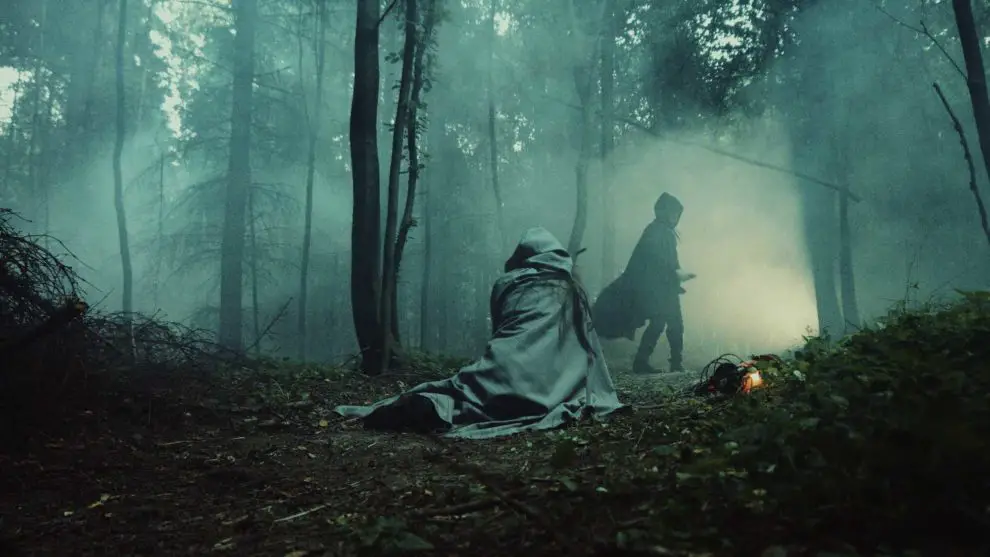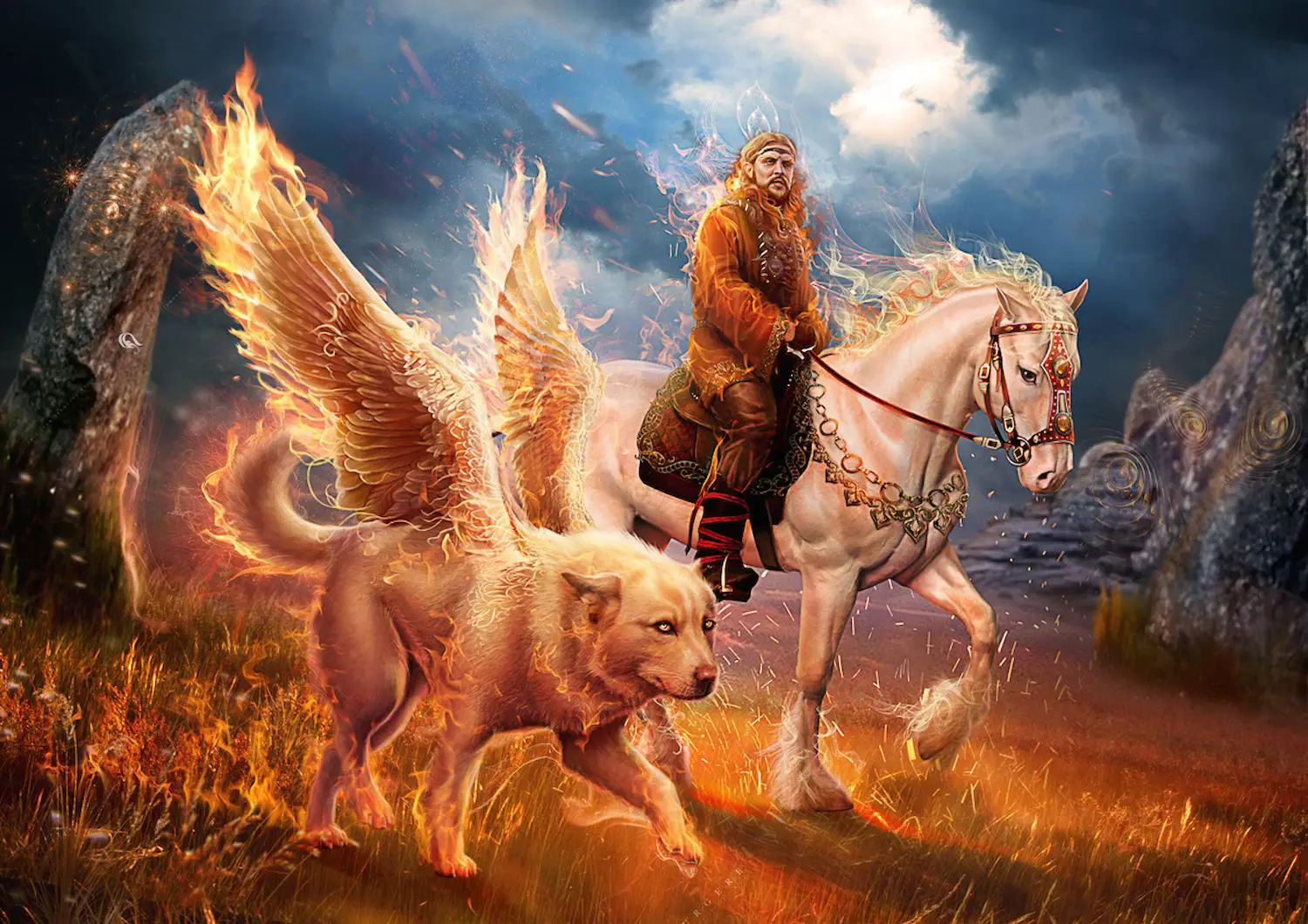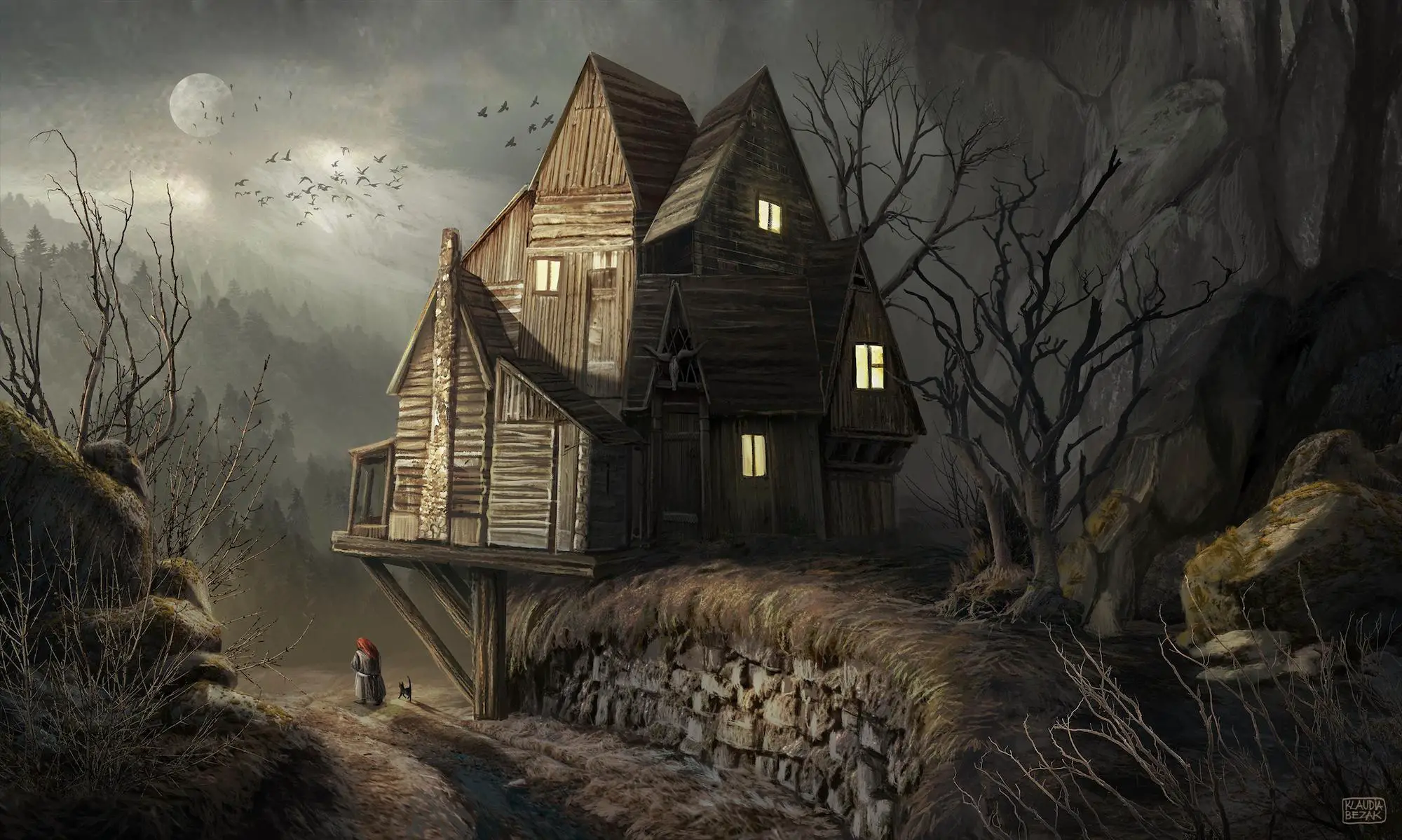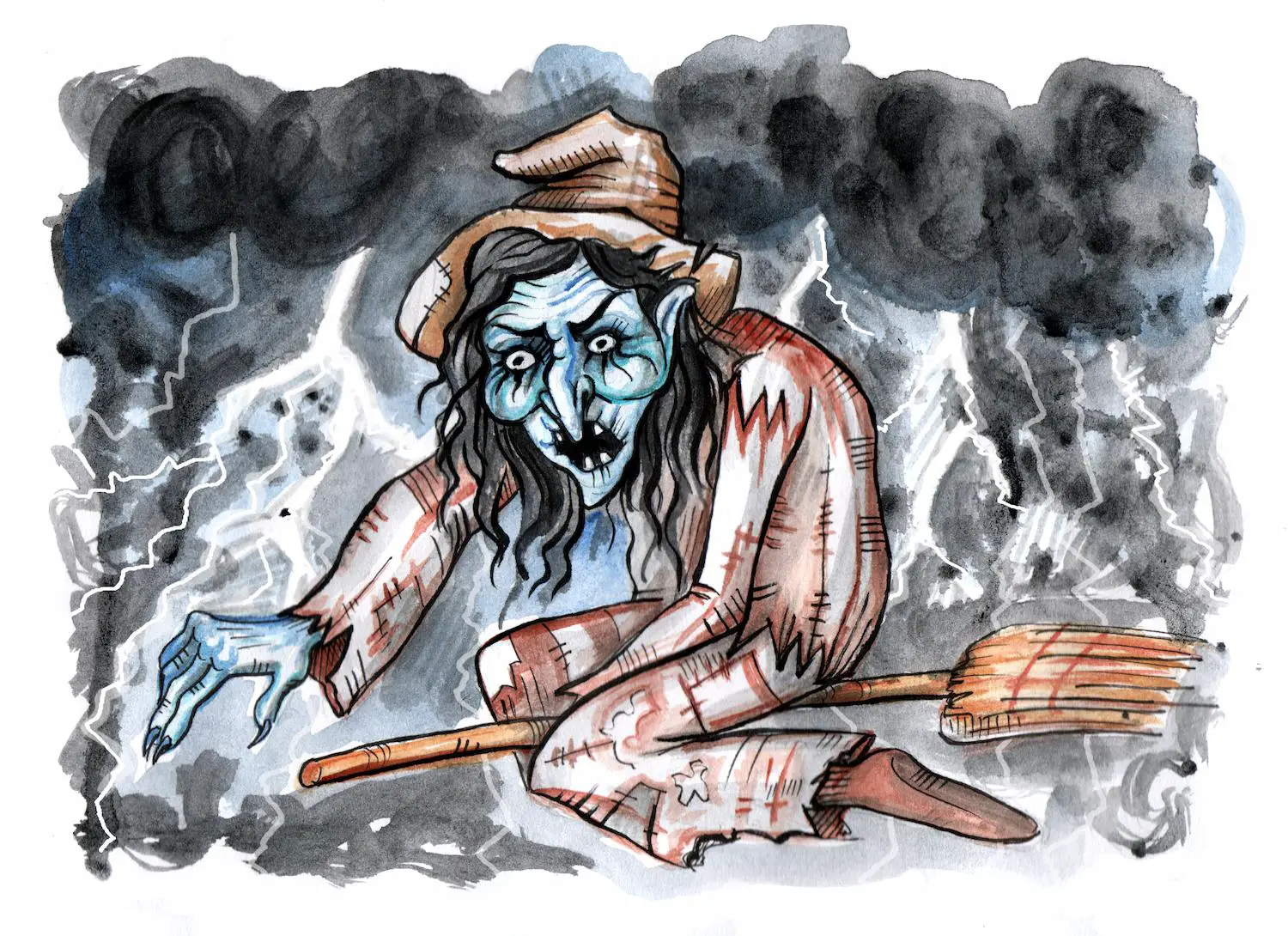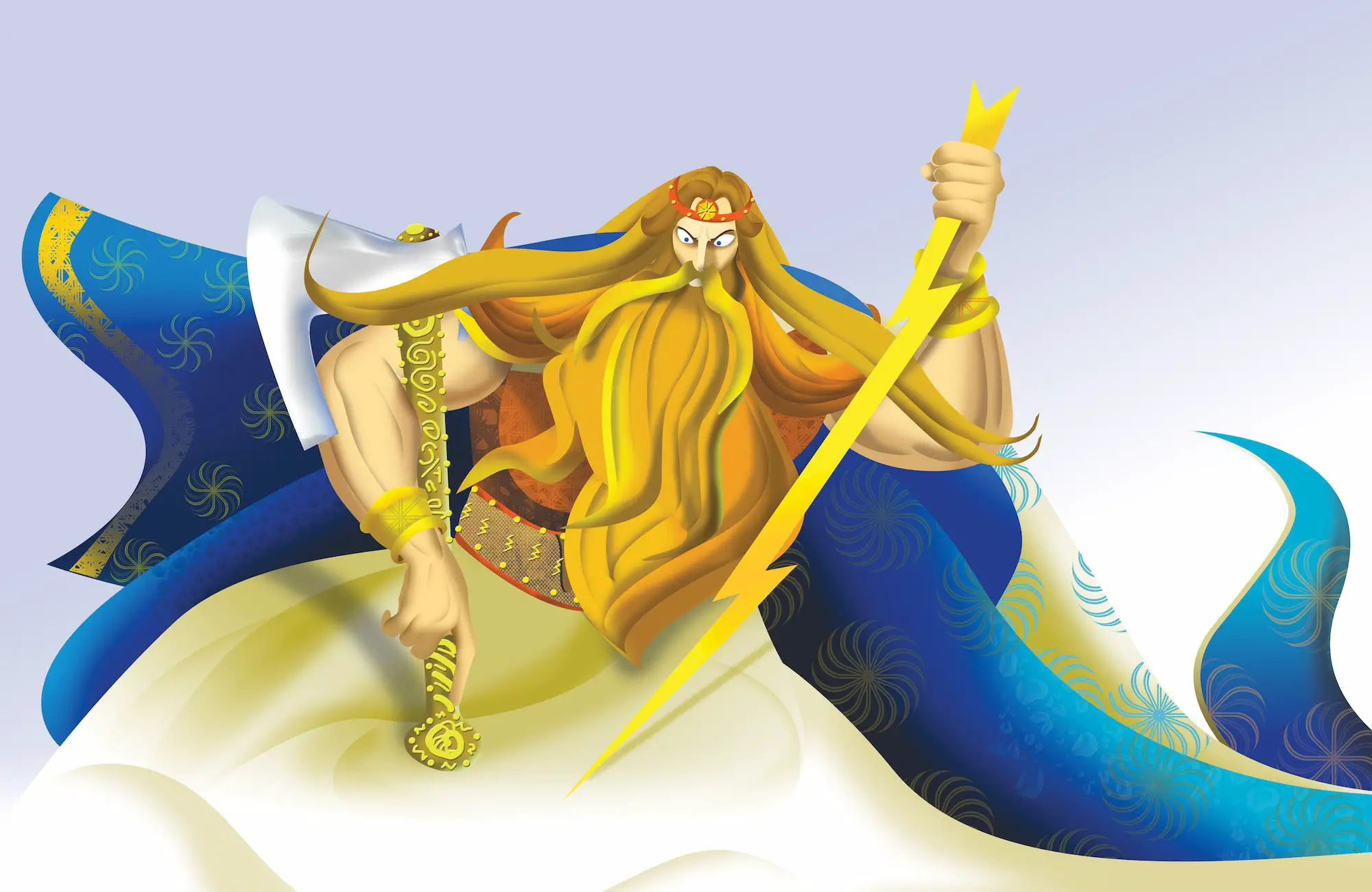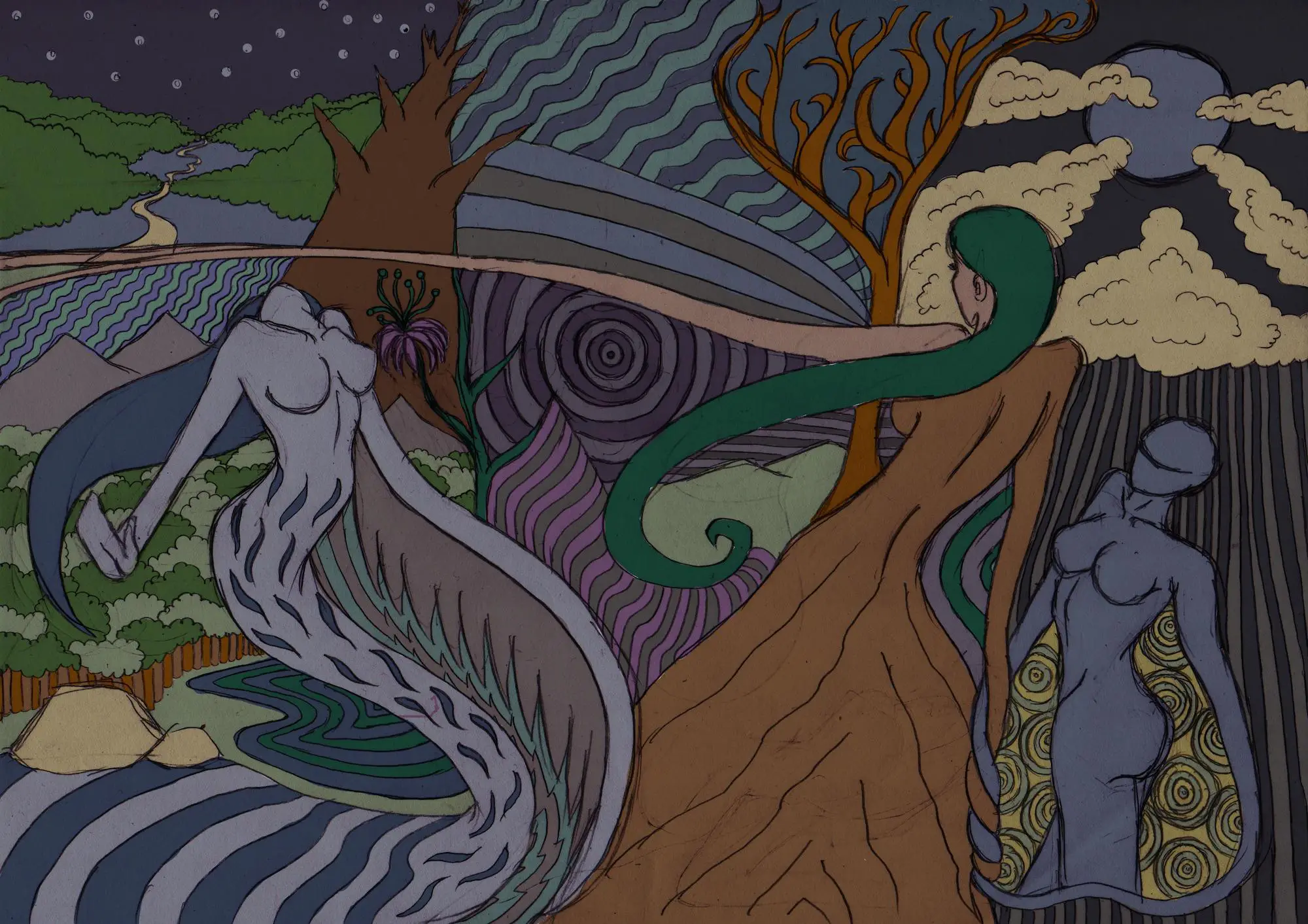The Witcher book series by Polish author Andrzej Sapkowski gave birth to a fantasy world that catapulted Slavic mythology creatures deep into Western popular culture.
Based on the books, Polish game-studio CD Projekt Red created the renowned role-playing video game trilogy the Witcher. Adding to the project of visualizing this unique fantasy story, Netflix recently released a show based on the book series and the popular games.
Dozens of bloodthirsty monsters populate the Witcher universe and not all of them come from Slavic folklore and mythology. In creating the monsters both Sapkowski and the game developers at CD Projekt drew from Nordic, Germanic, and Arabic folklore.
You may see homey Slavic-looking villages around, but it is mainly a multicultural environment. From werewolves to elves, many of the Witcher beasts will be familiar to fans around the world.
We embarked on a quest to track down the supernatural elements in the Witcher inspired by Slavic folklore. If you’re a fan of the bestselling books, games, and the TV series, read on to find out more about the mythological origins of the beasts that Geralt of Rivia fought.
Table of Contents
Kikimora: the Angry Woman
One of the scariest Slavic mythology creatures in the Witcher is Kikimora, a female house spirit from Russian folk tales [1].
People believed Kikimores rose from stillborn babies or children who had died unbaptized. Women who died in labor could also turn into a Kikimora. They often bore the face of the deceased.
Traditionally, the Kikimora is smaller and not so horrifying as the spider-shaped monster Geralt fights in the Witcher game. Still, these gals would surely terrify even Harry Potter’s giant spider Aragog himself.
Believed to be wed to the male house spirit Domowoy, Kikimora showed herself to the house owners as a harbinger of impending misfortune. She used to appear in the yard, the barn, in empty buildings on the property, as well as inside the house.
According to ethnographic research, the Kikimora was a malicious character and liked to scare people, break glasses, spoil handiwork or disturb house or inn dwellers by crying loudly [2].
A unifying feature of all Kikimora folk characterizations was her association with spinning. She often finished the housewife’s spinning job at night, but also entangled or burned the yarn in the end.
Poor Kikimora, what if deep down she was just a misunderstood soul trying to be helpful?
Botchling: The Stuff of Nightmares
When it comes to creepy undead children in The Witcher, the botchling steals the show. Also translated in English as the porter, or poroniec in the original Polish version, he looks like a rotten, deformed baby.
This nightmarish mythological demon arises from the spirit of miscarried babies, victims of maternal infanticide, or rejected children who died a tragic death. Full of hatred and anger, he preys on pregnant women and leads them into death [3].
In Slavic folk tales and mythology, the botchling dwells in deserted huts and looks pitiful. Its voice brings nightmares to children and represents a bad omen. However, this nocturnal wretch itself was not too dangerous.
In the video game, the part with the botchlings features one of the most memorable questlines, in which the Witcher has only a supporting role.
As a distant reference, the Botchling is absent from the show. Perhaps a fetus-shaped undead creature is too heavy for a Netflix series, after all.
Also Read: Polish mythical monsters
Beware of Lady Midday
At high noon on a hot summer day during harvest, those working in the field sometimes happened to notice the grains shivering despite the lack of wind. It was a sign of a great danger approaching.
Lady Midday, or Poludnica in the original Polish version of The Witcher, roams the fields during harvest season wearing a white bridal dress. No surprise there, since Lady Midday is the ghost of a woman who died just before or after her own wedding [4].
Thin, wrinkled, with huge fangs and long, agile legs, Poludnica harbors viciousness and insatiable anger. She used to break limbs, choke or cause strokes and drove her victims to insanity.
Lady Midday in the Sapkowski story is based on this noon demon that appears in the folklore of almost all Slavic countries in Eastern Europe.
Humans had little to do in defense against this spooky Noon Witch. The old folk waited impatiently for the end of harvest when she would bury herself in the earth to hibernate.
The Crones: Ladies of the Wood
Are you afraid of the monster under the bed? For Slavic kids, this monster was Baba Yaga, the wrinkled, savage-looking grandma.
The folk stories of Baba Yaga have survived to this day in most Slavic countries. The old witch would abduct children at night and bring them to her hut (sheltered deep in the forest) [5].
Brewess, Whispess, and Weavess, the Ladies of the Wood or the Crones dwell spookily in the Witcher world. You don’t need to be a child to get scared to death by this spine-chilling trio based in part on the Baba Yaga stories.
Lurking Beneath the Surface: Drowner
The drowners appear in the games from the beginning and remain a part of the landscape of the Witcher 3 fantasy world. They’re neither particularly strong nor too agile and only interfere with the hunt of real monsters.
Called utopiec or topielec in Polish, the drowner belongs to the group of the great Slavic water demons [6]. CD Projekt recreated the look of this sinister male swamp spirit following Polish folk stories.
People who committed suicide by drowning usually turned into an utopiec. The spirit of an unbaptized baby drowned by its mother also made a particularly fierce drowner. The concept closely relates to the idea of the water as a line between life and the afterlife.
Drowners lurked at night for unsuspecting bathers and murdered them mercilessly. Only by dragging someone else deep into the waters could they experience peace and true death.
Most killings happened in spring, especially before the summer solstice. On this day, drowners caused vortices and made rivers spill out of their bed and flood the fields.
Even a beast needs some chill time though. Drowners had a habit of coming out on the shore on moonlit nights, attracted to by silvery glow. They liked to sit on the platforms smoking pipes.
Leszy: The Eco-friendly Monster
This is one of the most terrifying monsters in the entire series. Also called leshen, the bizarre tree-like creature can transform your innocent walk through the forest into a horror experience.
In Slavic mythology, leszy, lesa or borowy was as much a protective forest spirit as it was a dangerous beast [7]. As long as the villagers took care to hunt in moderation and avoided cutting trees, the leszy could live in harmony with them.
In fact, leszy was so nice that it sometimes helped humans survive wild animal attacks. The beast appeared in the form of a long-bearded old man with antlers made of branches, guiding someone to find their way through the forest.
However, as a proper forest spirit, the leszy showed no mercy to the woodcutters. His magic was able to cause death in no time.
Wouldn’t it be so useful if we had a couple of leszys today to help us magically stop the large-scale destruction of planet earth?
Djinn
About the Djinn or Dżin we can say that it may be difficult to read its name, but if you see one, chances are you’ll recognize it. This fantasy being is well known by the English spelling audience.
The Koran describes djinns as spirits that God created from fire after the angels and before humans. Just like people, the Koran claims that djinns can be good or bad. They inhabited cities in the desert and the wasteland.
Fun fact: In some modern Slavic languages, djinn is the term used to refer to a giant.
Striga
Here’s another malevolent lady coming from Polish folklore.
Striga is a female demon similar to the Slavic nymph, Rusalka but the two have a distinctly different appearance. This beast has a truly beastly face.
Sapkowski’s take closely resembles the mythical descriptions. She’s the soul of a dead child, who was born with teeth. According to the beliefs, a woman gave birth to Striga because of a curse thrown at her by a rejected admirer [8].
Despite having died as a child, the Striga grows in the grave until she reaches the adult human form. After that, she’s out. She used to only attack in the dark, on a full moon.
Since the birth of this female demon isn’t a punishment for immoral behavior (like an incestuous relationship) she might be saved. The only way to do this was either to revert the original curse or (more straightforward) to chop her head off.
In the Witcher fantasy series, Geralt has much trouble beating this creature. Yet, the final fight scene involves him biting (yikes) the enraged beast to show it who’s the boss.
The Bottom Line
I hope you learned something from these stories. The Witcher books and series are a great way for many young readers or viewers to dive into the world of Witcher mythology and learn about Slavic folklore.
These stories reveal the fascinating world of myths. In the end, we could ask ourselves what is a myth after all?
It’s all perfectly strange that we could start doubting the scientific explanation of myths. Was the ancient folk inventing myths to explain natural phenomena, or did these stories result from a collective abuse of psychedelics?
References:
- https://www.nypl.org/blog/2015/10/30/scary-creatures-world-folklore
- https://journal.archaeology.nsc.ru/jour/article/viewFile/224/265
- https://mitologia.fandom.com/pl/wiki/Poroniec
- https://repozytorium.uwb.edu.pl/jspui/bitstream/11320/5180/1/BAJ_16_2016_Z.Krotki_Nazwy_demonow_powietrznych_w_historii_jezyka_polskiego.pdf
- https://www.mdpi.com/2076-0787/5/2/40/htm
- https://tuudi.net/utopek-slaskie-legendy/
- https://latgale.academy/leshy/
- https://www.ceeol.com/search/article-detail?id=724430







